Ear of corn – Why it is known as ‘ear of corn,’ find out here!
Sweet corn is the one single thing that evokes many of our childhood fall tales of vacations! Still today, in some regions, this spectacular tasty food has been able to maintain its go-to snack place for many of the ear of corn lovers! Ear of corn is that one ultimate soulful food that makes an enchanting toothsome starter for the weekend, as well as it gets amalgamated effortlessly in the numerous sultry dishes with its fantabulous flavor! As you see, even today, there are some groups of folks who would be ever ready to spend their chilling eve with a savory, seasoned, and freezing corn sitting beside a bonfire!
Sweet, Field crops, ornamental, and popcorn are the prime varieties of this fantastic food! Interestingly, the United States has the highest amount of cultivated corn, and numerous corn types can be found growing. As the whole corn plant is edible, this food has been considered as quite versatile food that can be utilized for an array of purposes besides consumption. You can find many products prepared from the ear of corn, such as chips, tortillas, corn oil, and cornmeal.
Miniatures are also one of the most popular trendy foods across the world; there are many fancy recipe that are prepared out of miniatures of the ear of corn, such as stews, appetizers, and soups. Thai and Chinese cuisines are the most cuisines that make the most out of these great buds! Corn has a fantastic vibrant yellow tone. However, it can also vary in colors such as red, brown, orange, cream, pink, purple, blue, and white.
Nutritional potential of the ear of corn:
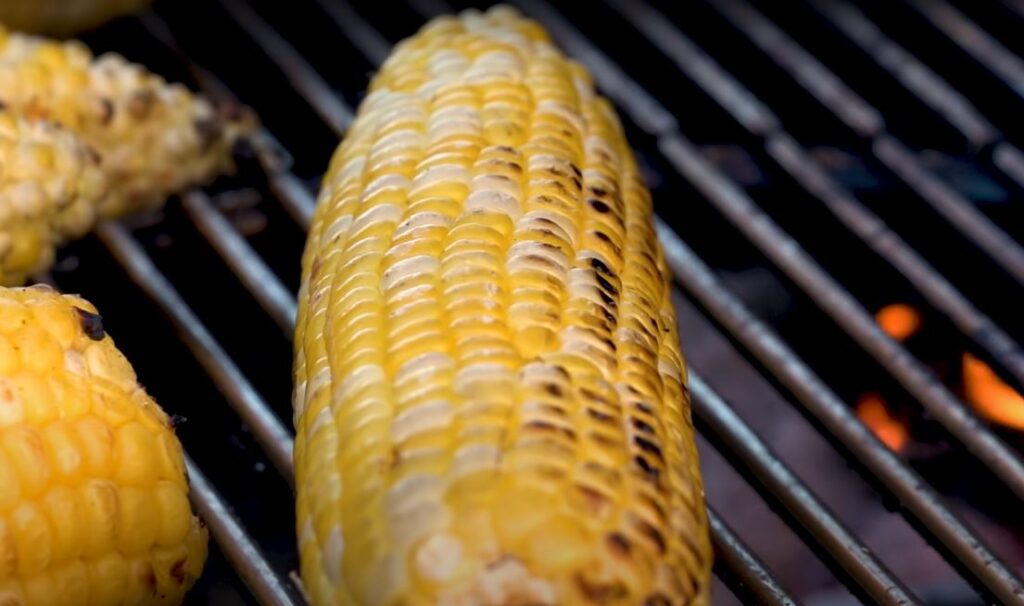
An ear of corn not only comes with superb taste but also with its very unique health aids and nutritional potentials. This food is an ideal option for digestion, as it contains very high fiber content. Corn is also a great natural source of B vitamins that plays a vital role in establishing excellent and sound health. Apart from this, corn contains numerous essential antioxidants and minerals like copper, manganese, iron, zinc, and magnesium. You can even fulfill your share of skin-friendly antioxidants such as lutein, carotenoids. Corn is also loaded with Zeaxanthin is one of the most potent antioxidants that is essential for eye health.
How Corn Is Cultivated?
Summer is the perfect season for the cultivation of corn grain. While traditionally thought of as a yellow vegetable, Even though traditional corn is vibrant yellow-colored, its distinct varieties come in different colors.
Yellow corn can be planted via a classic corn planter that is used for planting many yellow corn crops if it is being cultivated on vast acres of land. However, regular sweet corn can be produced with a hoe if you intend to plant in your house garden. Currently, the United States is the top county with the highest corn cultivation, more than any other grain. Corn also has one of its unique benefits, i.e., it can be used as a food source for animals raised on a farm.
Advantages of Ear of Corn:
Numerous talks surround the advantages and disadvantages of an ear of corn, so let’s have some deep dive to explore such mind-blowing facts. One of the rarest aspects of corn is it is a powerhouse of ‘Lectins’ compounds. Lectins are the compounds that are also called “anti-nutrients”; these compounds can be quite dangerous as they a tendency to prevent the absorption of distinct minerals and vitamins by the gut.
And as per the some of the research studies performed by the Harvard T.H. Chan School of Public Health, it contains a high amount of Lectins and Phytates, that might further cause potential complication in the absorption of many essential nutrients such magnesium, calcium, and iron.
On the other side, discussing the positive health aspects, corn contains a low-calorie amount. It possesses many essential antioxidants and carotenoids that would play a very significant role in maintaining your eye and skin health. Interestingly, in-depth research on the paleo diet stresses the fact that corn is not categorized as a vegetable traditionally, as it is a grain.
How Many Calories in an ear of corn?
Ear of corn has a fantastic fruity fragrant and a delightfully sweet taste that will enchant you! An average person would think that classic corn contains a very high amount of calories. However, the fact might remain futile as this spectacular is relatively low on the calorie meter. Even though there are many rumors about its advantages and disadvantages circulate corn. Amazingly, you can get a powerful boost of potent antioxidants when this food is consumed in moderate amount as a part of a regular diet.
Corn on the Cob Calories:
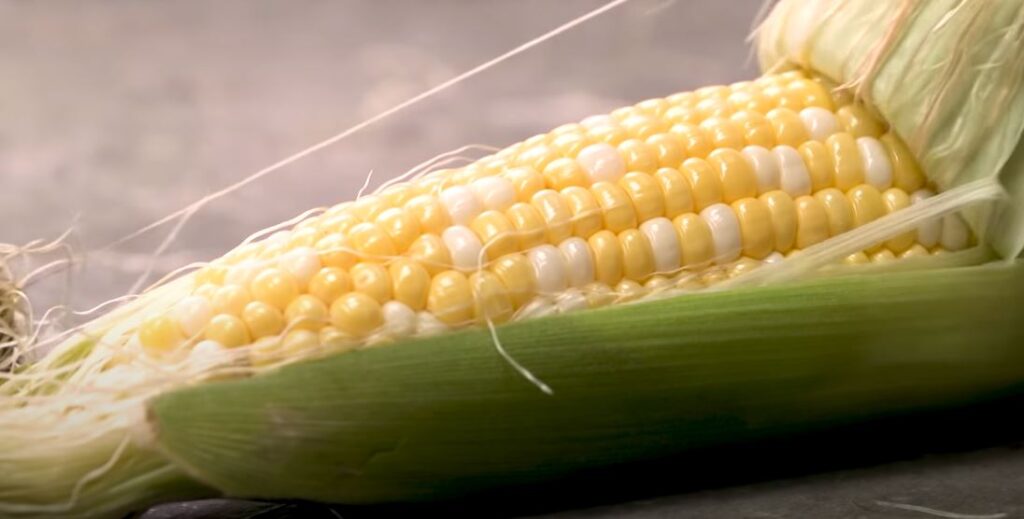
The USDA research data shows that a fresh average-sized ear of corn contains about 59.2 calories, but the corn size might be responsible for the alterations in amount. If you only consume kernels after chopping off the corn out of the cob, then a single cup contains about 155 calories.
Let’s have a fact check about its different nutritional aspects:
- Protein – 2 grams
- Fat – 0.5 grams
- Magnesium – 18.3 grams
- Folate – 19.5 micrograms
- Fiber – 1.8 grams
- Phosphorus – 47.2 grams
- Vitamin C – 3 milligrams
- Sugars – 2.3 grams
If you are planning to add some toppings, you could expect some significant calorie count alterations.
Corn is also rich in lutein and Zeaxanthin, two antioxidants that promote eye health. As per some studies done by the American Optometric Association, age-related macular degeneration, chronic eye diseases, and cataracts health alignments could be prevented by consuming two potent antioxidants of corn i. e lutein and Zeaxanthin.
Is Corn High in Protein?
A daily protein requirement of adult men and women is about 56 and 46 grams as per the recommended dietary rules. You can get about 2.9 grams of protein by consumption of a medium-sized ear. A standard single cup of yellow corn provides about 5.08 grams of protein.
How many carbs in an ear of corn?
A single ear of corn contains about 19 grams of carbohydrates, while the 2 grams is the amount of fiber out of all the carbohydrates content and 6.4 grams is the number of natural sugars. Corn contains a mild amount of glycemic index rate that ranges from 55–68.
How much fat in an ear of corn?
A classic corn variety is relatively low on the fat scale. A medium-sized ear of corn has about 1.4 grams. All the health-friendly and cardiovascular supporting fats are the monounsaturated or polyunsaturated fats present in the corn.
How many vitamins and minerals in an ear of corn?
Corn contains the nutrients potassium, selenium, magnesium, phosphorus, iron, and zinc. You can also get a decent amount of vitamins C, Folate, vitamin A and E.
Some commonly asked questions regarding the corn:

Can you gain pounds by consuming the ear of corn?
As we all know, the consumption of extreme fat and sodium plays havoc on health, so corn chips’ consumption should be administered carefully. So, if you love to doze off some corn chips in your happy hours while sitting on the couch, drop the idea to prevent some unwanted fat gain. Your calorie bar will increase as corn chips are the fried food that causes a spike in calorie count. However, you can consume raw or fresh corn in moderate amounts.
Can a person with diabetes consume corn?
Of course, any person with a diabetes alignment can consume corn as it is an excellent source to energize your body with minerals, fiber, and vitamins. On the positive side, the ear of corn is relatively low in fat and sodium.
Is Ear of Corn Keto food? Can you eat it on Ketogenic Diet?
You might consider eradicating many favorite foods from your meals if you plan to put yourself on the Keto diet, and corn is one of those foods; you might ask yourself, is corn suitable for the Keto diet. Currently, corn is present in numerous food products that are filled in the market today, making it a typical American cuisine food.
Very sadly, a market is filled with corn products that are high in calories, such as fructose filled corn syrup, cornflour, corn oil, corn tortillas along with numerous processed corn products, so all of these foods are a big no for the Keto diet!
Allergies and side effects of corn:
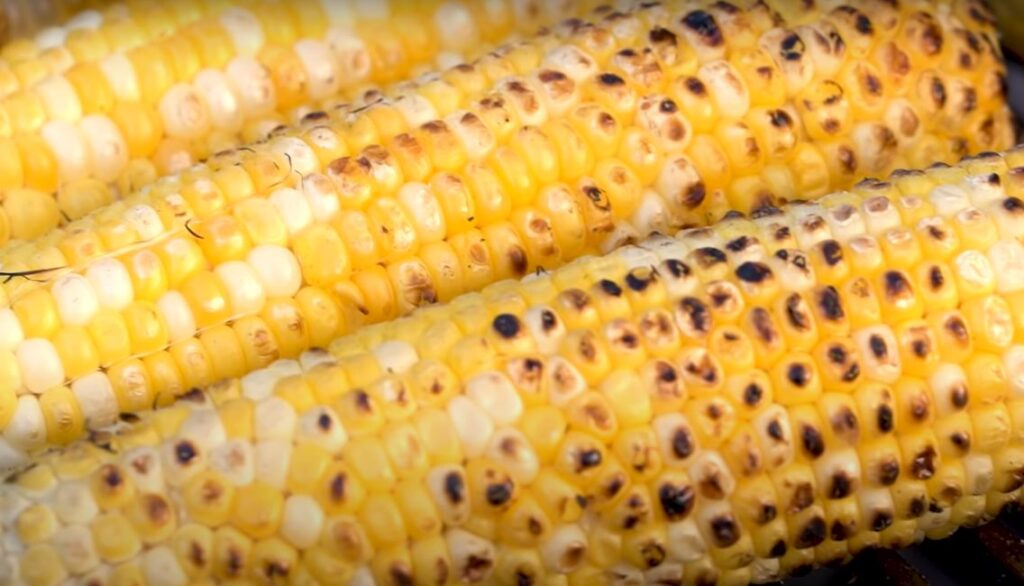
One must consider the rare allergies one could get by consuming corn; corn pollen is quite susceptible to allergies. You might be unaware of the fact that corn allergies are subtle yet very difficult to diagnose. Elimination of the corn from the diet is the only way to trace such allergic symptoms. Nearly all corn allergies get provoked by the amount of protein. So, fructose-filled corn syrup would not be a concern for an allergy spike as they contain a meager amount of protein.
Some of the most common symptoms of corn allergies are upset stomach, hives, breathless feeling. A professional suggestion therapist is recommended before consuming corn-filled foods if you are highly susceptible to allergies.
We hope you enjoyed our food guide that exposed the unique nutritional potential, health benefits, advantages, and disadvantages of the ear of corn. If you have some information about it, kindly share your thoughts in the comment section below; thank you!




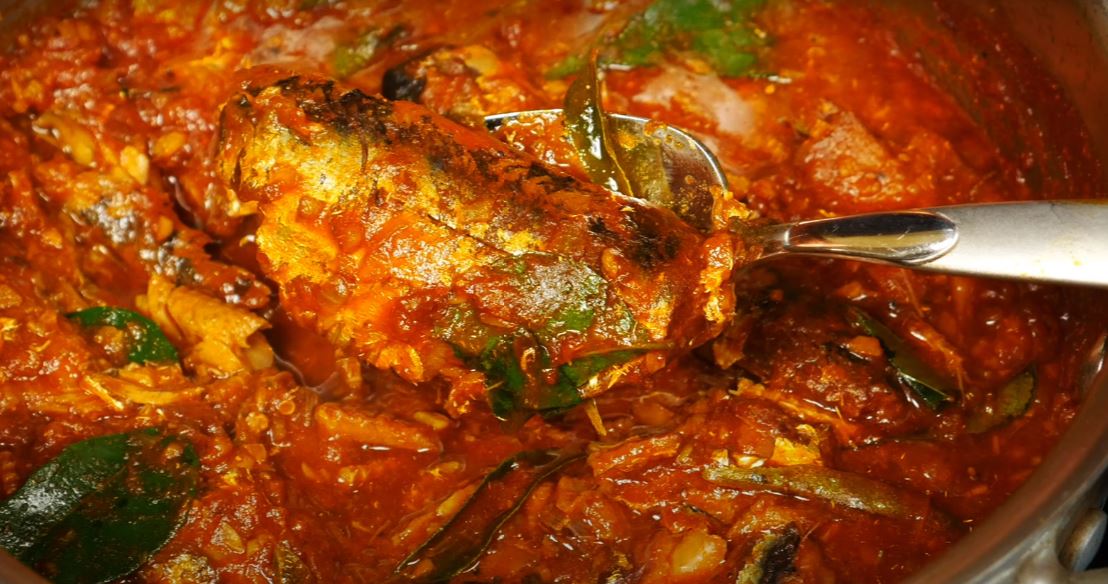
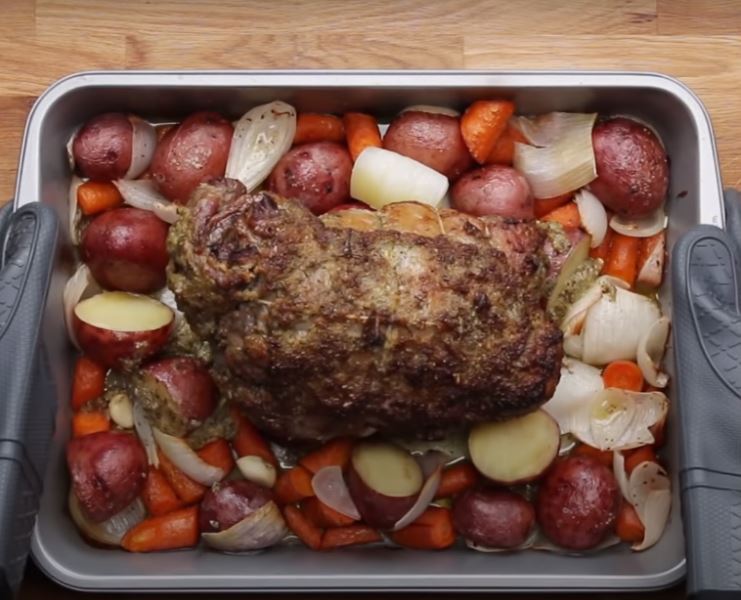






Leave a Reply